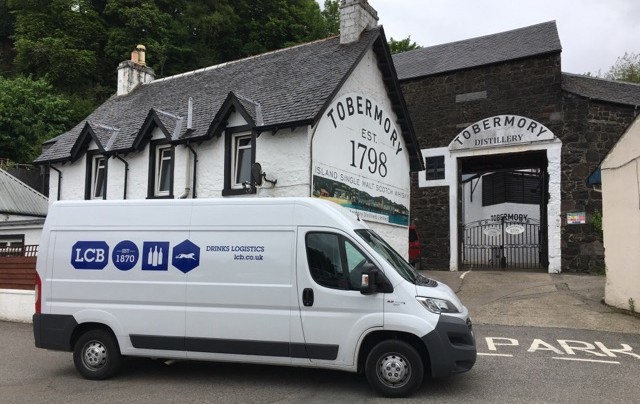Rueda to create ‘superior’ classification for old-vine Verdejo
Spain’s leading white wine region, Rueda, is to allow international grapes and create a new classification for higher quality expressions from old vines.
Such changes to the rules of the region are expected to come into force in time for this year’s vintage, according to Santiago Mora Poveda, who is the director general of the Rueda regulatory council.
Speaking exclusively to the drinks business last month, Santiago said that Rueda, with its native grape of Verdejo, was the source of Spain’s best-selling white, but needed to evolve to offer a greater range of wine styles, as well as classify its more premium expressions from old vineyards in an attempt to justify higher prices.
“Forty percent of the white wine market in Spain is Rueda, and the next biggest is less than 10%, so we know the consumer likes Rueda; it has created a new category of wine – people ask for a Verdejo from Rueda when they want a white wine from Spain,” he began, referring to the region’s emblematic grape, along with its strong position in its domestic market.
Continuing, he said, “Now is the time to go deeper, and I think it is time to let the wineries develop their own personality and open the minds of consumers, who are eager to try new styles and more added-value wines.”
Consequently, as part of the changes to the laws of Rueda, Santiago expects the regional government to approve the addition of Chardonnay and Viognier to the classification, as long as the grapes are used in a blend with Verdejo, and make up less than 50% of the wine.
He also said that the region should allow the creation of a Rueda Superior in time for the 2019 harvest, which will be designed to recognise whites made from lower-yielding and old vineyards.
“We hope to create a classification in time for the 2019 vintage that is focused on yields and the age of vineyards,” he said, pointing out that Rueda has as much as 1,600 hectares of vineyards – representing around 10% of the region – that are more than 40 years old, including some that were planted over a century ago.
This will mean that Rueda will have two quality levels, each one with their own colour-differentiated logo, should the new ‘Superior’ classification be approved.
Commenting further on the motivation to add a new tier to Rueda’s regulations, Santiago said that it was hard for growers to sustain the expense of managing extremely old vineyards, which naturally produce fewer bunches than younger, closely planted, wire-trained vineyards.
“It is not profitable for growers to maintain old vineyards, so we need to give them the possibility to do this,” he said.
Already, he observed a trend by some winemakers to isolate and promote very old vineyards to produce expressive and pricier white wines.
“We are seeing more Vinos de Finca and de Paraje,” he recorded, referring to the names used in Spain for single vineyard wines.
To illustrate the quality potential of such special bottlings, which are designed to capture the characteristics of very old vines, he told db that Spain’s main newspaper, El País, had recently given a Verdejo made by José Pariente from an 80-year old vineyard – called Finca Las Comas – a 98-point score, describing it as the ultimate expression of Verdejo.
Partner Content
As for the possibility to allow international grapes Chardonnay and Viognier to the official catalogue of approved grapes in Rueda, Santiago said that it would be a tool to increase the stylistic range of whites from Rueda.
“Verdejo has to be key to Rueda, but the idea is to use other grapes to increase the diversity of wines from the region,” he said.
Both grapes have been suggested due to their long track record for making good whites from Rueda, although currently such wines are not able to carry the name of the regulated region.
The Chardonnay, in particular, should be approved for its role in making traditional method sparkling wine from the region, a growing sub-category of Rueda, according to Santiago.
Nevertheless, at the moment, producers are already making a broad stylistic range of whites using just Verdejo.
Some of these expressions are a result of specific sites, but also winemaking techniques, with producers experimenting with fermentations in concrete eggs and barriques.
Such a range in wines, using the native grape of Verdejo, will be explored in full during a masterclass in London tomorrow – and there a still a few places left.
If you would like to attend the event and find out more about the dynamic category of Rueda whites, then please register your interest by clicking here or emailing eleanor.field@unionpress.co.uk
The masterclass takes place on Tuesday 11 June from 3-5pm at Asia House, London.
Read more




